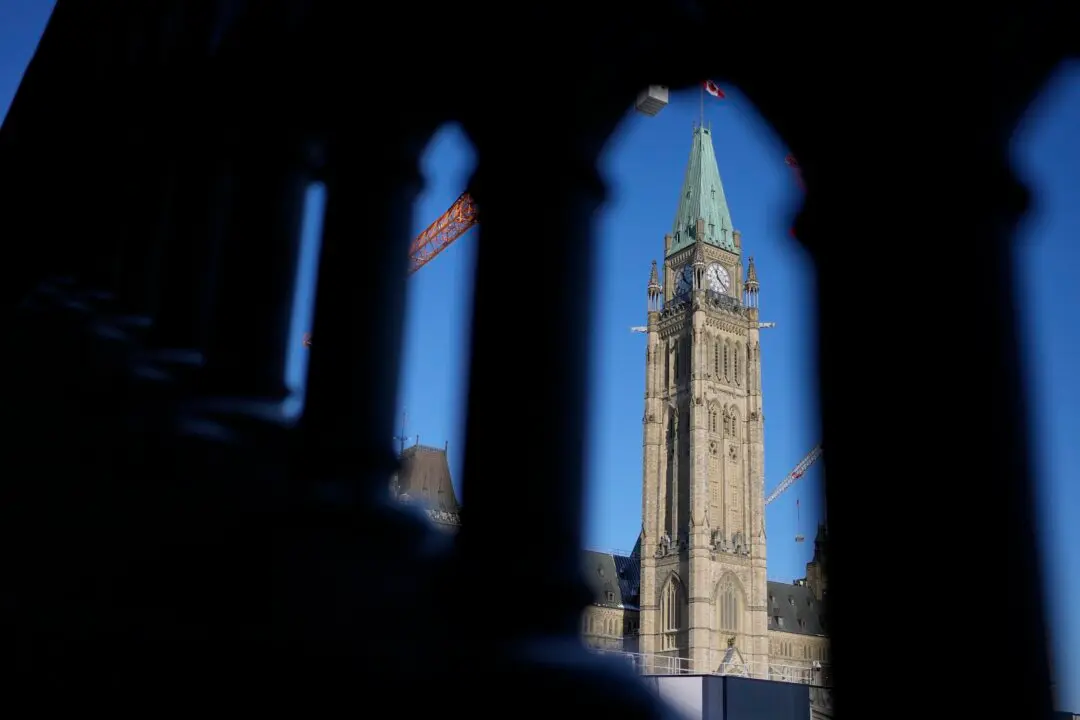Pharmacists, midwives, teachers, and other health care and social service graduates who choose to work in remote communities will soon qualify for student loan forgiveness under proposed federal regulations.
The proposed amendments to the Canada Student Financial Assistance Regulations and the Canada Student Loans Regulations aim to incentivize more than 27,800 health care and social service professionals over the next 10 years to relocate and serve in rural or remote communities, the Department of Employment said.





